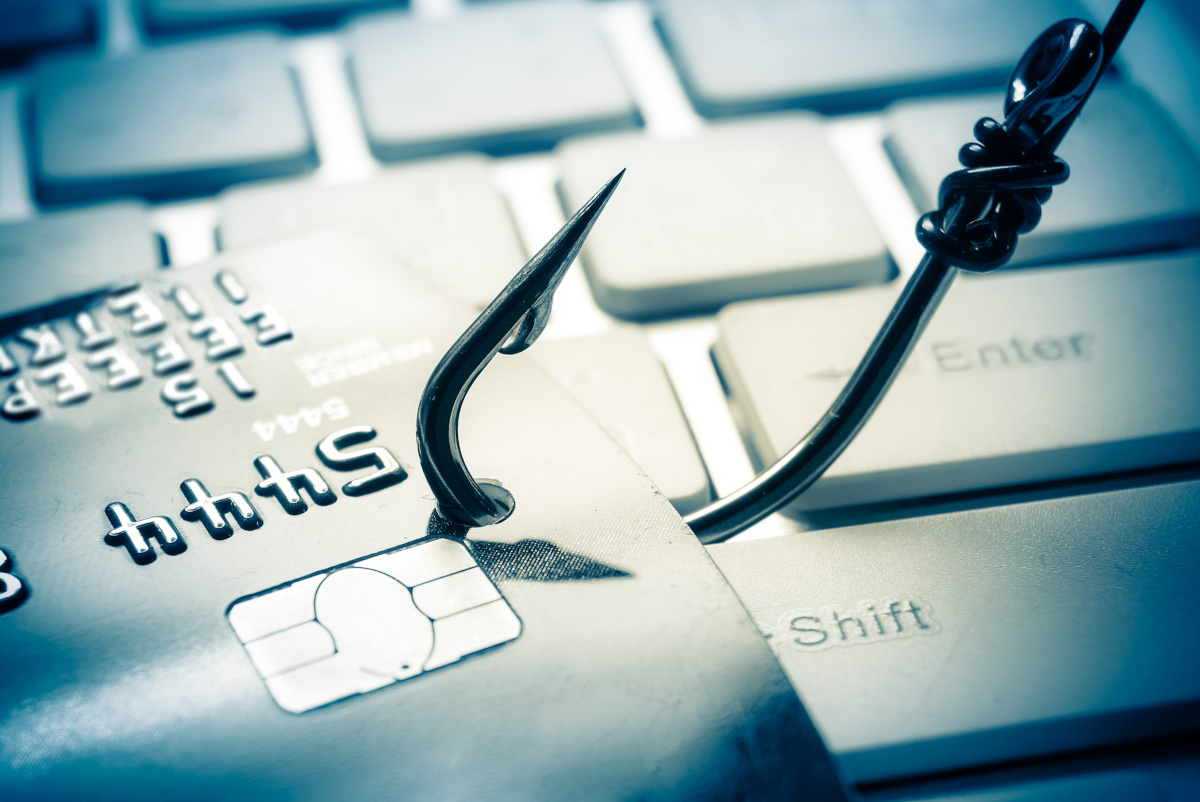How to Protect Your Business from Phishing Attempts
February 13th, 2023 by admin

Phishing attacks target businesses because they are lucrative targets for cybercriminals. Businesses often have large amounts of sensitive data, such as customer information, financial records, and intellectual property, which can make them attractive to attackers. Additionally, many businesses lack the necessary security measures to prevent successful phishing attacks.
Finally, business networks are typically more complex than those of individuals or home users and thus provide more potential access points for attackers to exploit. By targeting businesses, attackers hope to gain access to valuable data that could be used for malicious purposes or sold on the black market.
In addition to stealing data from businesses, cybercriminals may also use phishing attacks as an entry point into a company's network. Once inside, attackers can deploy malware and viruses to launch further attacks or steal additional resources. As such, phishing is a serious threat to businesses of all sizes and should not be taken lightly.
Ways You Can Protect Your Business from Phishing Attempts
-
Train your employees on how to detect and avoid phishing attempts
Regularly providing training to staff in identifying suspicious emails, websites and links can help ensure that they are aware of the tactics used by attackers and, therefore, more likely to spot a potential attack. Additionally, make sure you have policies in place for dealing with suspicious emails or messages.
-
Implement email filtering systems
Email filtering can help stop any malicious content from reaching users' inboxes in the first place. Investing in some form of spam filter or anti-malware software will help ensure only legitimate content reaches your users' mailboxes.
-
Require two-factor authentication for all accounts:
A second layer of security, such as two-factor authentication, can help ensure that any attackers trying to gain access to confidential data are unable to do so without first passing additional security checks.
-
Monitor user activity
Regularly monitoring user accounts for suspicious activities, such as sudden changes in passwords or logins from unfamiliar IP addresses, can help catch potential threats early and limit the damage caused.
-
Educate users on how to recognize phishing attempts
By teaching your staff about common tactics used by phishers, they will be more likely to spot any attempts at tricking them into sharing confidential information or downloading malicious content. Having a system in place for quickly reporting suspicious emails is also important as this allows you to respond quickly if an attack does occur.
-
Invest in software that can detect and block phishing attempts
There are a number of software solutions available which can help detect and block potentially malicious emails or websites. Investing in one of these systems can help protect your business against any potential threats.
-
Regularly back up your data
Having regular backups of all your important data is essential if you want to be able to recover quickly after an attack. Ensure you keep multiple copies stored offsite and make sure they are regularly updated with the latest versions of your data.
-
Keep all software up-to-date
Make sure all the software used by your business, from operating systems to web browsers, is kept up-to-date, which is essential for protecting against any potential attacks. Outdated software can be an easy entry point for attackers and should be avoided at all costs.
-
Use strong passwords
Having strong and secure passwords helps protect your accounts from being compromised by malicious actors. Ensure you use a combination of upper and lower case letters, numbers, and special characters to make sure your passwords are as secure as possible.
-
Monitor external links
Regularly monitoring external links shared via emails or websites is important for ensuring they don't lead users to malicious sites or content that could put your business's data at risk. Having a policy in place that requires all outgoing links to be checked and approved before being sent out is a good way to protect your business.
By implementing these ten strategies, you can help ensure your business is protected against any potential phishing attempts and keep confidential data out of the hands of malicious actors. Regularly reviewing and updating your security protocols is essential for keeping up with the ever-evolving threats posed by cyber attackers. With a little bit of effort, you can make sure your business remains safe from attack.
Phishing attempts are a serious threat to your business and should be taken seriously. By following the steps outlined above, you can help protect yourself and your business from cybercriminals looking to exploit vulnerabilities in your system.
By staying informed, using strong passwords and two-factor authentication, arming yourself with anti-phishing tools, monitoring user activity, and training employees on how to recognize and respond to phishing attempts appropriately, you can increase the security of your organization against these malicious attacks. If you want to learn more about how to protect your business from phishing attempts, contact us today.
Posted in: Cyber Security











